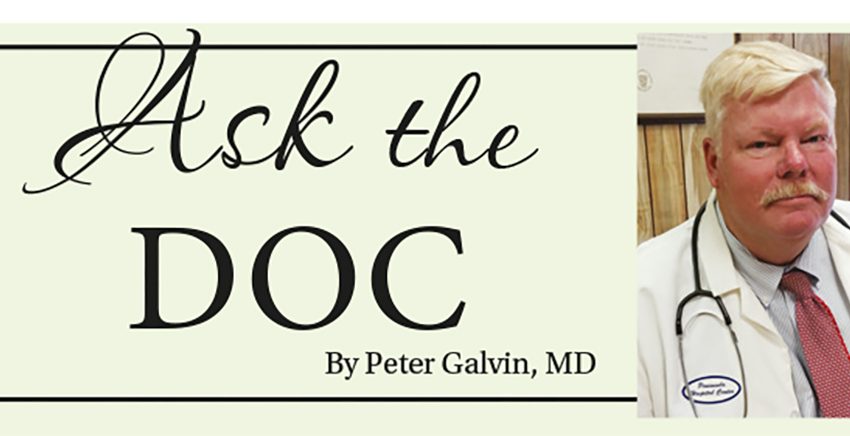Medicare Facts

By Peter Galvin, MD
For most Americans who are retired and reach the age of 65 years, their health care insurance changes to Medicare. Medicare Part A, which is paid for by the Medicare payroll taxes that a person paid while he/she was working, covers hospital care. Part B, which covers outpatient care including doctor visits and fees, physical therapy, etc., is paid for by the recipient. In many cases, the monthly premium is deducted from the monthly Social Security payment that the recipient receives. Part D, which covers prescriptions, is also paid for by the recipient. In November 2021, the Centers for Medicare & Medicaid Services (CMS) announced that the (minimum) monthly Medicare Part B premium was being raised from $148.50 to $170.10, a 14.5% increase. This was the largest increase in dollar terms since the program started and the third largest percentage rise since 2005. CMS explained that the increase was largely due to the anticipated costs associated with aducanumab, a new Alzheimer disease drug made by Biogen with an annual price tag of $56,000 per patient.
The premium hike from aducanumab is not unique. Another new Alzheimer drug, lecanemab, has been approved by the FDA and is awaiting a Medicare coverage decision, as are a slew of new cancer therapies that are in development and likely to come to market at unprecedented prices. Providing coverage for all these new products could translate into steep increases in Part B premiums. Lost in the debate over coverage of these new products is the perspective of the Medicare beneficiaries themselves – their views about the value of their Part B premiums and their ability to pay more for Part B coverage. Participating in the discussions over Medicare coverage of these products are pharmaceutical executives, patient advocacy groups, and clinical experts. Glaringly omitted is any representation of the beneficiaries themselves.
Part B is optional, but it covers the costs of physician fees and hospital outpatient services required to administer and infuse these new drugs. 25% of Part B is paid for by premiums and 75% from general tax revenues (not Medicare payroll taxes). A Kaiser study observed that “a senior living on an income at 175% of the federal poverty level ([approximately] $23,000 for an individual) will spend nearly 9% of [their] income this year on the Part B premium alone, before factoring in other expenses.” CMS officials act on behalf of beneficiaries and on behalf of taxpayers in making decisions about the program, but they do so without any input from the population that is being directly impacted by their decisions. The short-circuited process leading to Part B premium increases reveals an underlying structural deficiency of the Medicare program: the simple fact that it has no budget. Because Medicare has no annual budget, there is no mechanism to assess the incremental value of coverage expansion.
Legislators need to not only create a budgeting process for Medicare, but they need to create a way to get feedback from participants. There needs to be a way for recipients to decide for themselves how much they are willing and able to pay for premiums and how much coverage they desire. Right now, these decisions are made for them without their input (Taxation without representation? Sound familiar?). That needs to change.
Please direct questions and comments to editor@rockawaytimes.com


